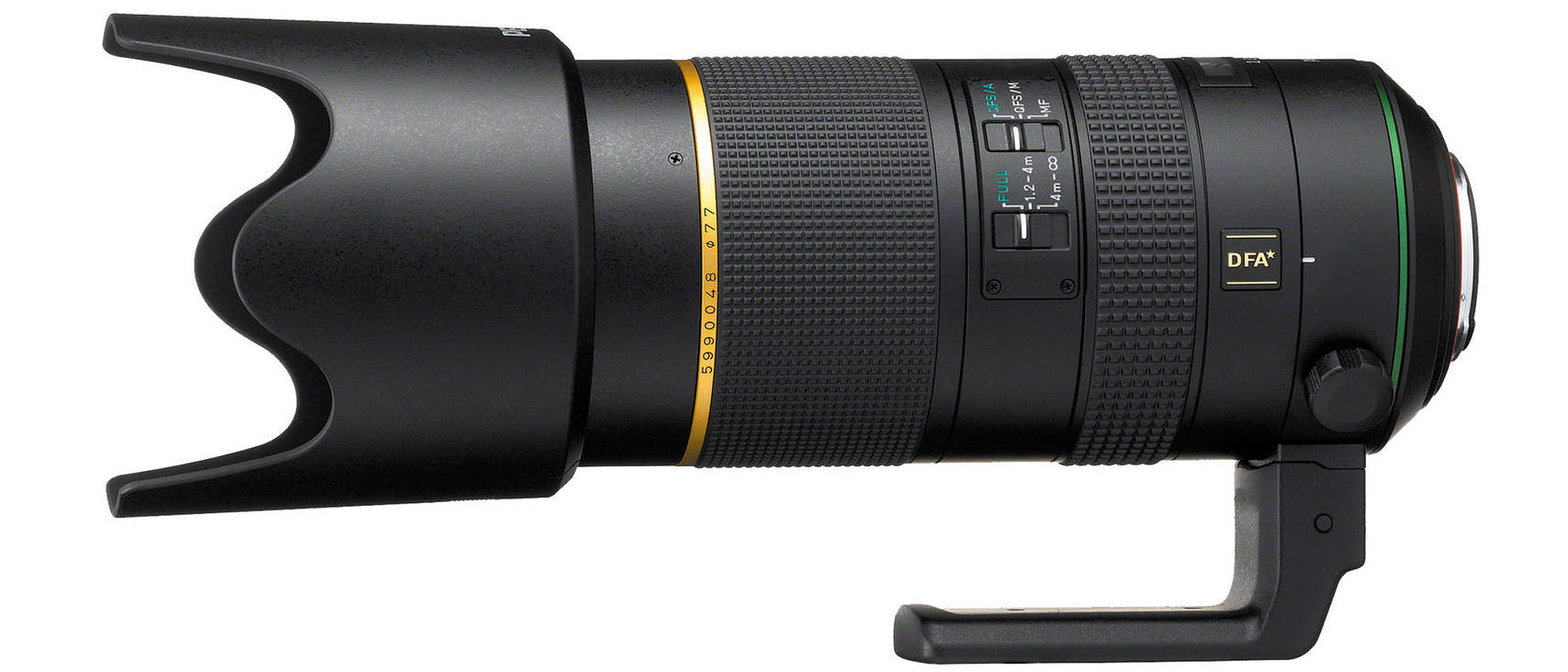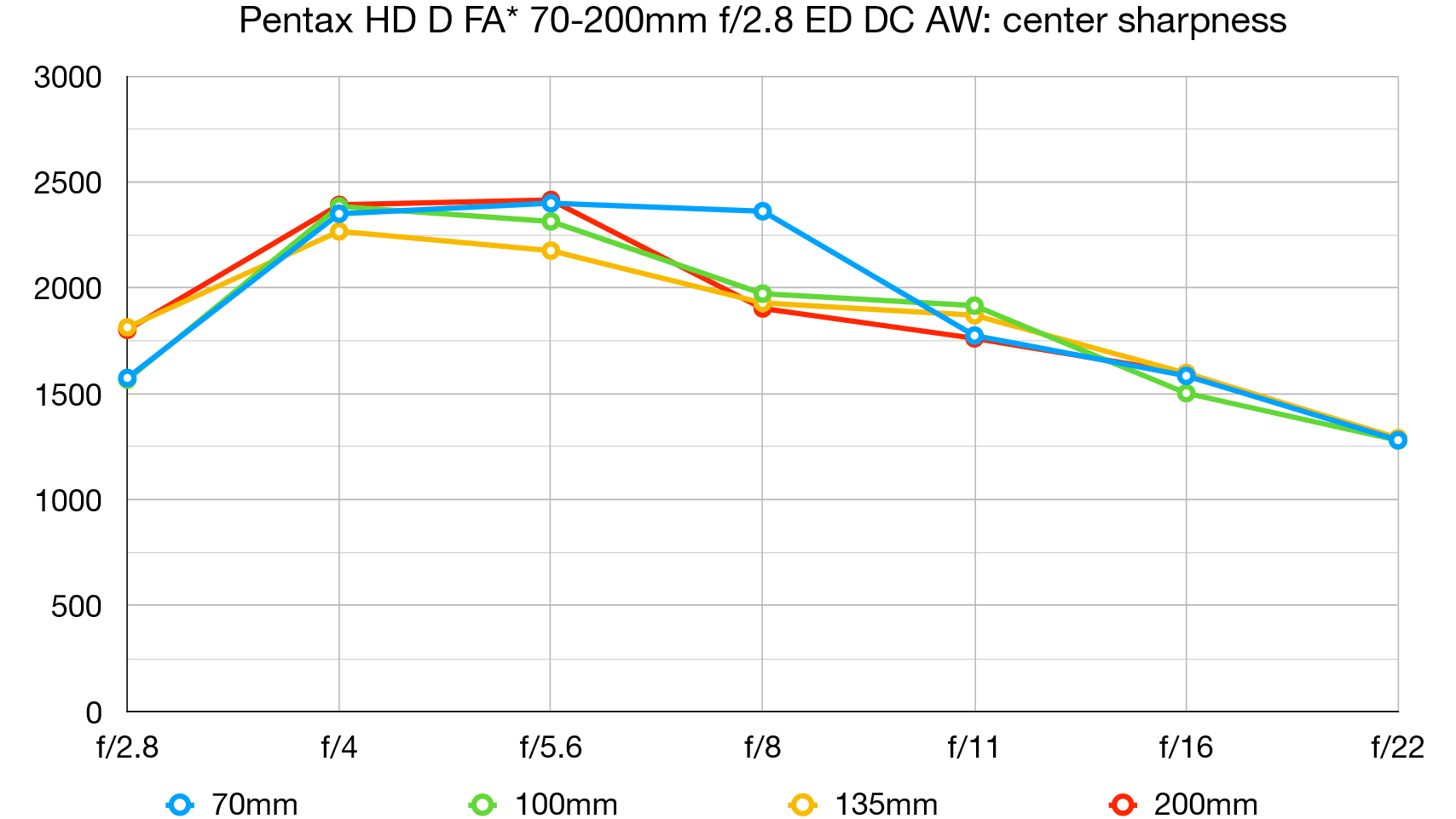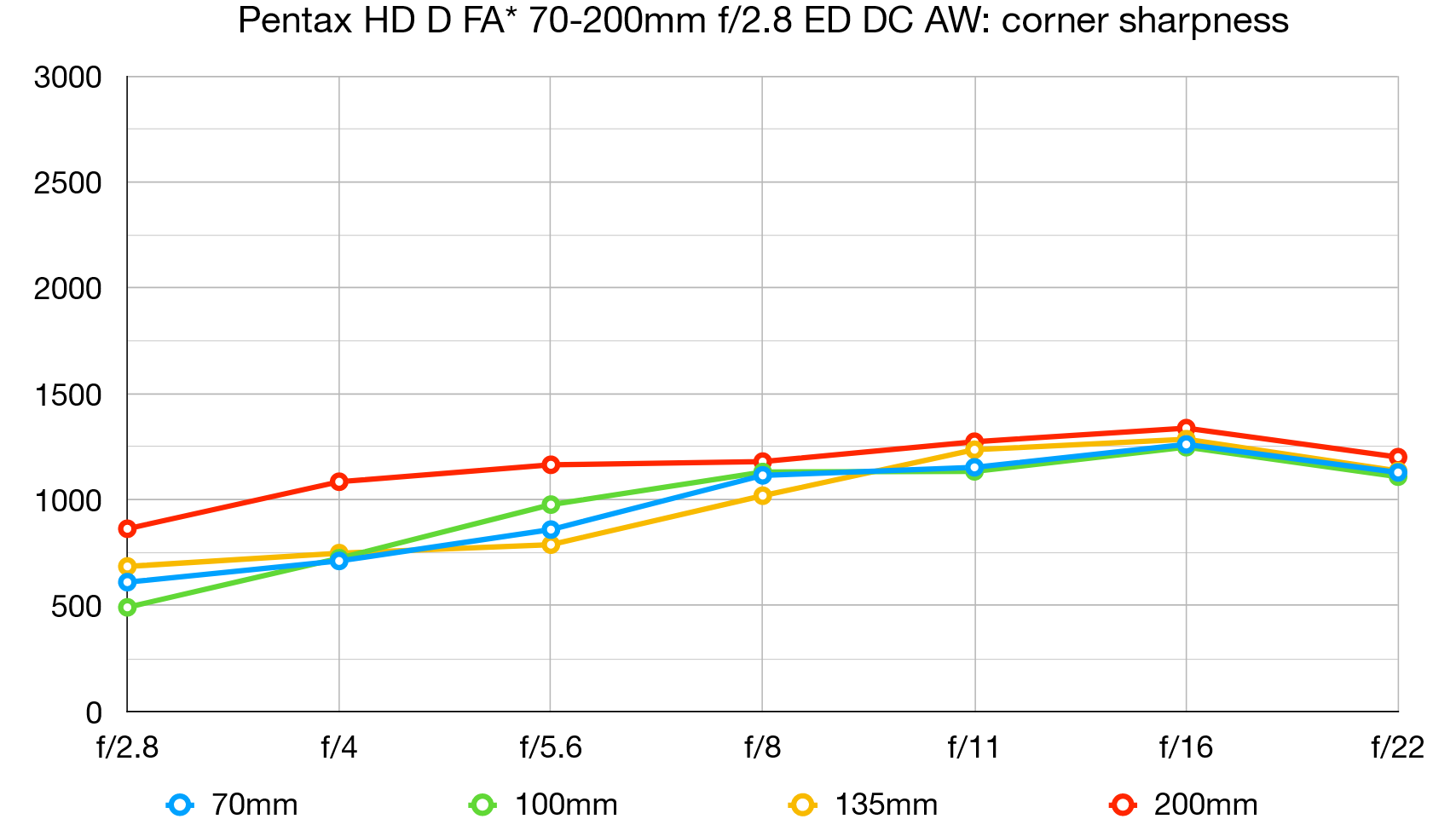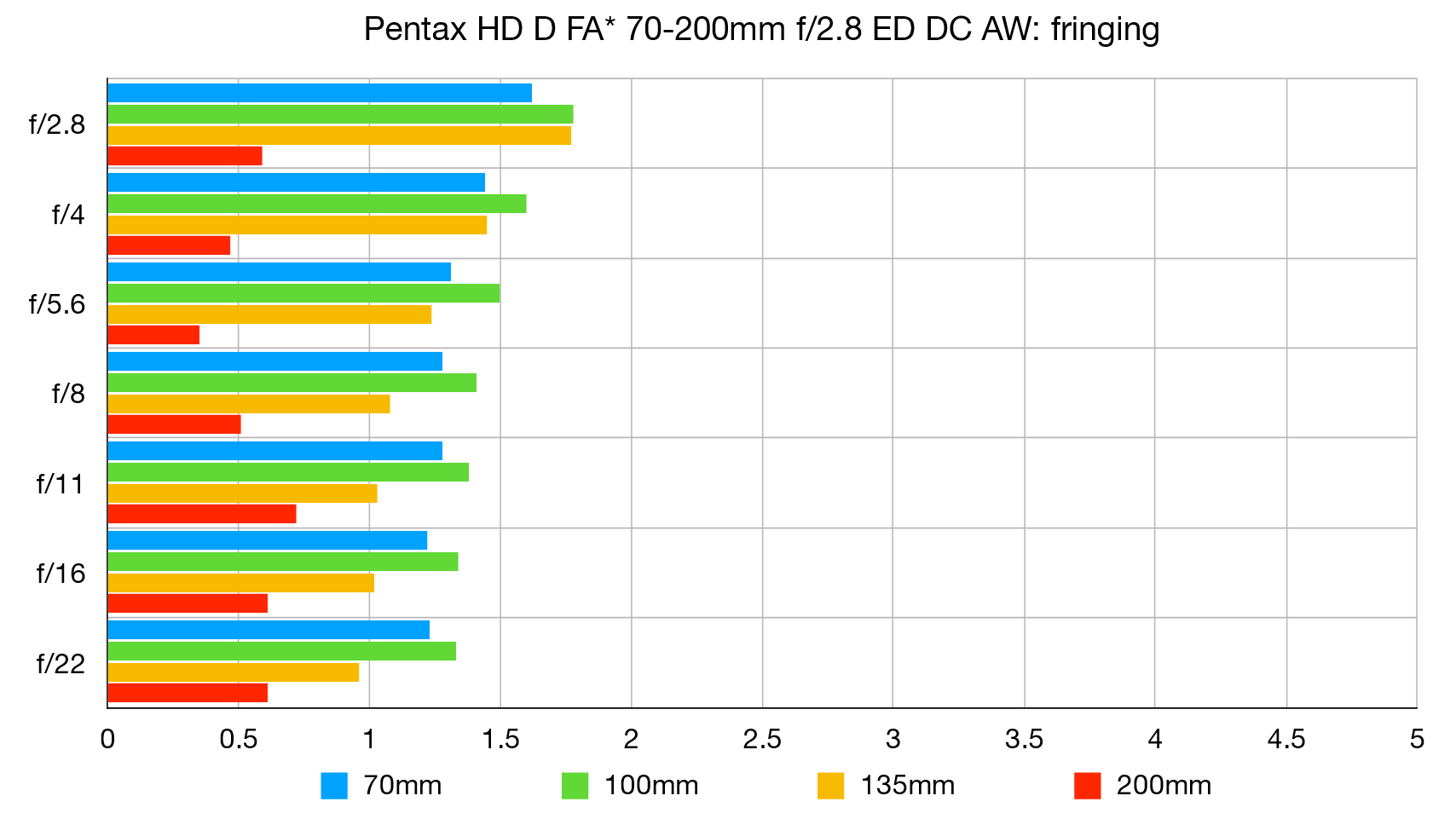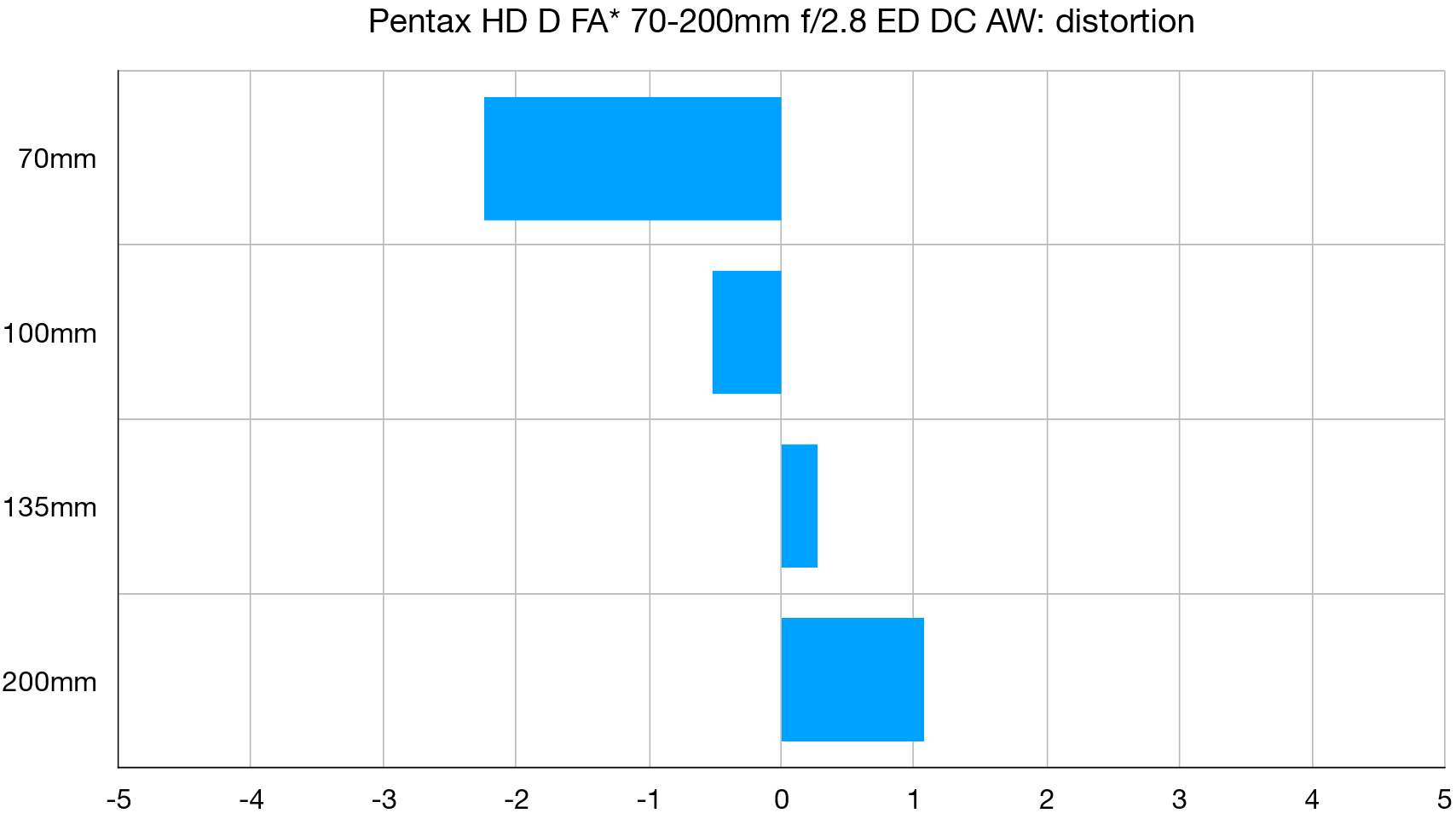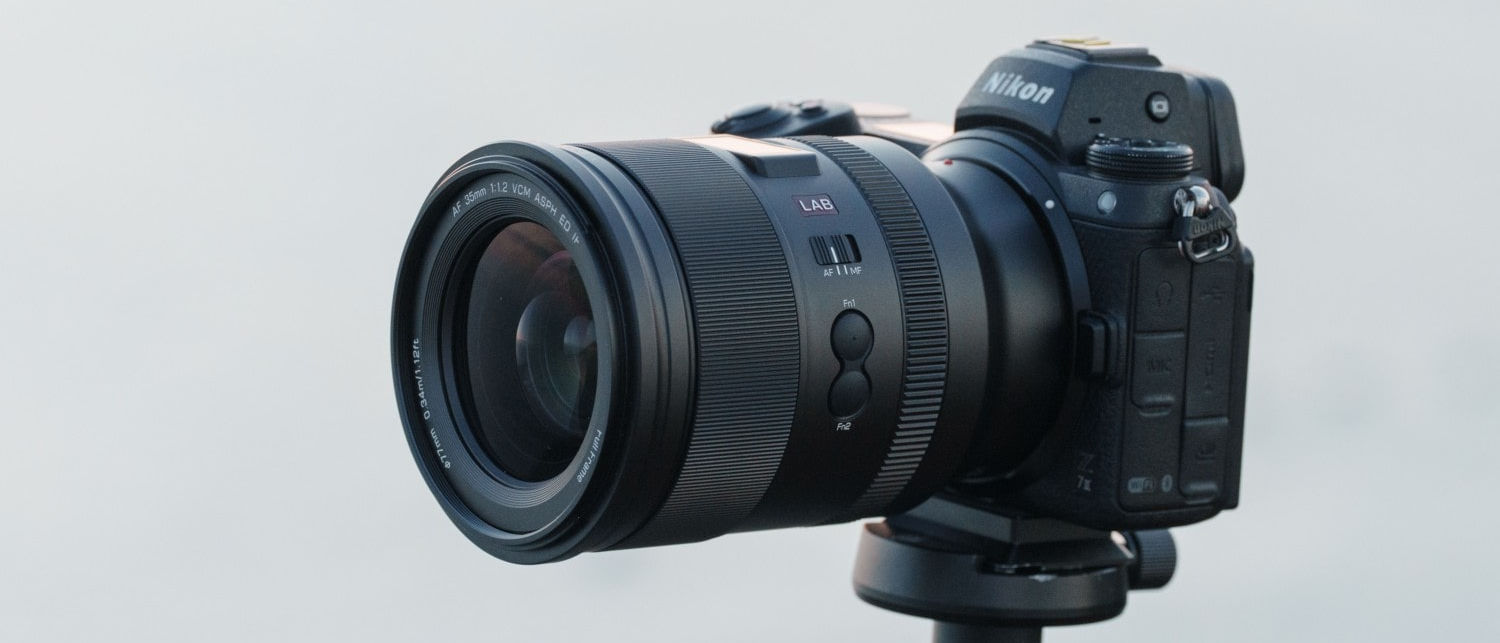Digital Camera World Verdict
Typical of 70-200mm f/2.8 zoom lenses for full-frame DSLRs, this Pentax is no lightweight, and it’s heavier than most at 1,755g. With a ‘Star’ status usually reserved for Pentax’s top notch prime lenses, it aims to deliver excellent image quality, along with pro-grade build quality and excellent performance. It lives up to its claims in most respects but edge-sharpness could be better when shooting at close range.
Pros
- +
High-tech optical path
- +
Pro-grade build quality
- +
Good autofocus system
Cons
- -
Quite heavy for a 70-200mm f/2.8
- -
No optical stabilization
- -
Modest close range edge-sharpness
Why you can trust Digital Camera World
The HD PENTAX-D FA* 70-200mm f/2.8 ED DC AW plays a leading role in the company’s K-mount lens line-up. Photographers who favor shooting with prime lenses pretty much all of the time often feel that a 70-200mm f/2.8 is the most essential zoom, and you’ll find one in the kit back of most serious shooters. At the telephoto end of Pentax’s set of trinity f/2.8 lenses, the 70-200mm is the only one to earn a star, the ‘*’ being reserved for the company’s very finest optics, most of which are prime lenses.
Specifications
Mount: Pentax K
Full frame: Yes
Autofocus: Yes
Stabilization: No
Lens construction: 19 elements in 16 groups
Angle of view: 34.5-12.5 degrees
Diaphragm blades: 9
Minimum aperture: f/22
Minimum focusing distance: 1.2m
Maximum magnification ratio: 0.13x
Filter size: 77mm
Dimensions: 92x203mm
Weight: 1,755g
Key features
Pentax has packed plenty of features into this lens. Kicking off with the high-tech optical path, the design includes four SD (Super-low Dispersion) elements, two ED (Extra-low Dispersion) elements and two top-grade Super ED elements, the last of which have similar properties to fluorite glass in combating chromatic aberration. A combination of nano-structure Aero Bright Coating II and multi-layer HD Coating is applied to keep ghosting and flare to a minimum. A Super Protect coating is also applied to the front element.
Autofocus is pretty swift and very quiet, based on a DC (Direct Current) motor and features Pentax’s ‘Quick-Shift Focus System’. This enables full-time manual override of autofocus and comes with a three-position switch that gives priority to autofocus or manual override, as well as fully manual focusing.
The lens lacks optical image stabilization and, while it’s true that Pentax DSLRs feature in-body stabilizers, competing manufacturers often add optical stabilizers to their telephoto lenses, as it can further enhance effectiveness.
Performance
Overall performance is good with refined handling and the autofocus system works well. Extensive weather-seals ensure that you can keep shooting even when the going gets tough. Sharpness proved very impressive in our real-world tests but, for relatively short-range lab testing, edge-sharpness was poor and only the very central region of the image frame was impressively sharp when shooting wide-open at f/2.8.
Lab results
We run a range of lab tests under controlled conditions, using the Imatest Master testing suite. Photos of test charts are taken across the range of apertures and zooms (where available), then analyzed for sharpness, distortion and chromatic aberrations.
We use Imatest SFR (spatial frequency response) charts and analysis software to plot lens resolution at the center of the image frame, corners and mid-point distances, across the range of aperture settings and, with zoom lenses, at four different focal lengths. The tests also measure distortion and color fringing (chromatic aberration).
Sharpness:
Levels of sharpness are generally very good but in our close-range lab tests, edge-sharpness proved pretty poor and only the central region of the frame was really crisp at f/2.8, throughout the entire zoom range.
Fringing:
Color fringing is quite minimal, even towards the extreme corners of the image frame but can be a little noticeable if uncorrected.
Distortion:
The best camera deals, reviews, product advice, and unmissable photography news, direct to your inbox!
Barrel distortion is can be noticeable at 70mm but is easy to correct but there’s very little distortion in the 100-200mm sector of the zoom range.
Verdict
Typical of 70-200mm f/2.8 zoom lenses for full-frame DSLRs, this Pentax is no lightweight, and it’s heavier than most at 1,755g. With a ‘Star’ status usually reserved for Pentax’s top notch prime lenses, it aims to deliver excellent image quality, along with pro-grade build quality and excellent performance. It lives up to its claims in most respects but edge-sharpness could be better when shooting at close range.
Read more:
• Best camera lenses to get
• Best Canon lenses
• Best Nikon lenses
• Best Sony lenses
Matthew Richards is a photographer and journalist who has spent years using and reviewing all manner of photo gear. He is Digital Camera World's principal lens reviewer – and has tested more primes and zooms than most people have had hot dinners!
His expertise with equipment doesn’t end there, though. He is also an encyclopedia when it comes to all manner of cameras, camera holsters and bags, flashguns, tripods and heads, printers, papers and inks, and just about anything imaging-related.
In an earlier life he was a broadcast engineer at the BBC, as well as a former editor of PC Guide.
